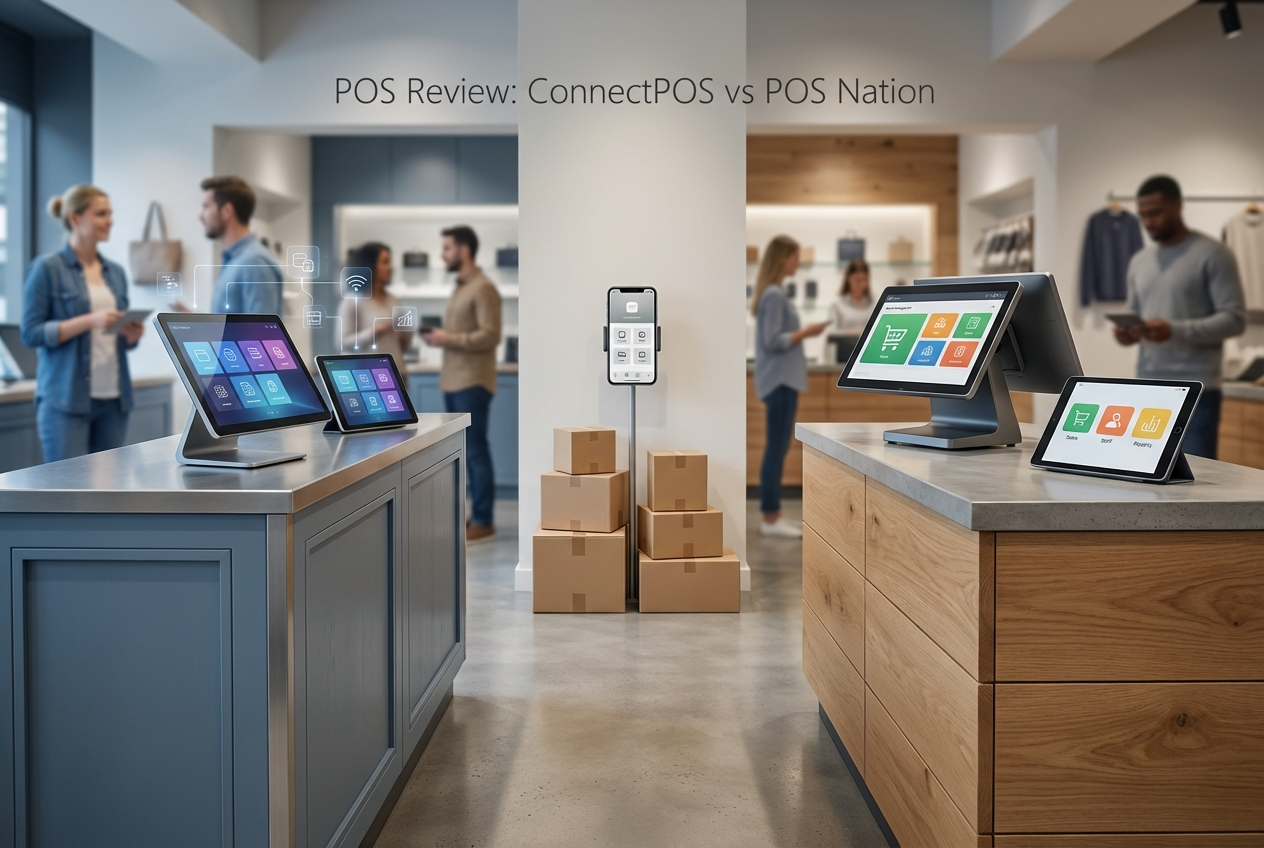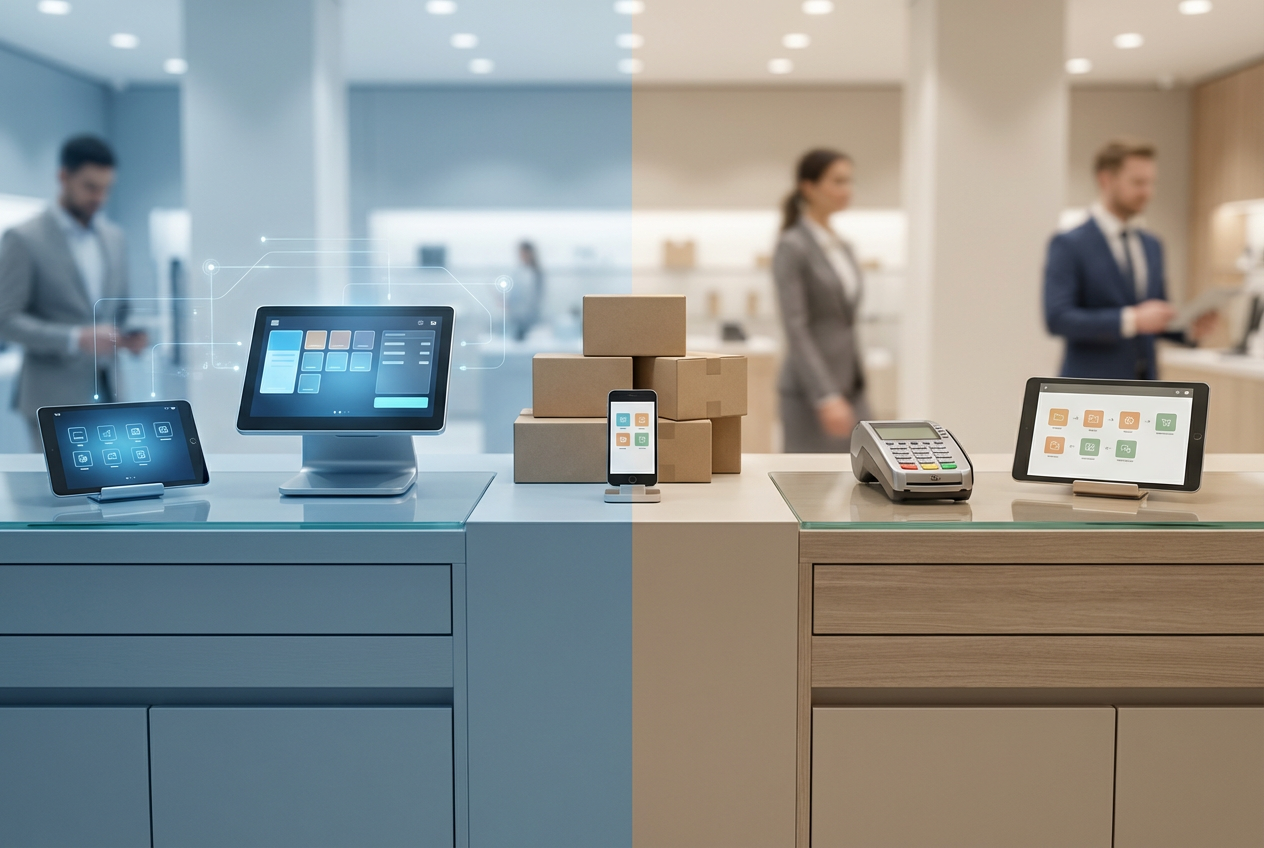What Is a Control Panel in a POS System?
The control panel within a register application, or Point of Sale (POS) system, is the central, graphical menu that provides users with access to essential system functions and daily operational tools. It serves as the command center for managing everything from basic transactions to high-level administrative tasks.
This interface is carefully designed to be user-friendly, offering a consolidated location where managers, cashiers, and other staff can perform their duties efficiently.
What You Can Access from the Control Panel
The specific functions available on a control panel vary widely depending on the software, the retailer’s needs, and, most importantly, the user’s assigned permissions. A well-designed control panel manages access levels to maintain security and prevent unauthorized actions.
Typical functions found on a control panel include:
For Cashiers and Front-Line Staff:
- Till Management: The ability to open or close the cash till at the beginning and end of a shift, and to perform “no-sale” drawer openings.
- Transaction Controls: Processing refunds, exchanges, or overrides for prices and discounts.
- Promotional Tools: Applying specific discounts, coupons, or promotions to a transaction.
- Transaction History: Quickly viewing a list of recent transactions for reference or troubleshooting.
For Managers and Supervisors:
- Reporting: Accessing detailed shift and sales reports to monitor performance, sales trends, and cashier activity.
- Staff Management: Managing staff logins, creating new user accounts, and assigning specific access permissions and security roles.
- Advanced Actions: Authorizing voids, manually entering no-sale entries, or reconciling the cash drawer.
- System Settings: Adjusting system-wide configurations, such as tax rates, receipt printer settings, or payment gateway connections.
For Broader Operational Tasks:
- Inventory Synchronization: For systems with a connected backend, the control panel may offer the ability to sync inventory data between the register and the central inventory management system.
- Database Access: A simple interface to search for and access customer records, loyalty program details, or product information.
- Diagnostics: Running basic checks to test hardware connections (like a barcode scanner or receipt printer) or diagnose network issues.
- Loyalty and Rewards: Managing loyalty rewards, gift card balances, or other customer-facing programs.
Many systems are designed with a simplified view for front-line staff to minimize clutter and potential errors, while offering a more detailed, robust “back office” view for managers and supervisors.
Why the Control Panel Matters for Store Operations
The control panel is the engine that powers daily retail operations. Its design and functionality have a direct impact on a business’s efficiency, security, and overall performance.
Operational Efficiency: It lets staff perform crucial tasks quickly and from a single interface, eliminating the need to switch between different systems or applications. This speeds up the checkout process and other daily routines.
Security and Accountability: By using role-based permissions, the control panel restricts access to sensitive functions, such as voids or financial reports, to authorized personnel only. This helps reduce theft, errors, and misuse of the system.
Visibility and Control: It provides managers with real-time insight into the business. They can monitor sales figures, cash flow, employee activity, and other key metrics, allowing them to make informed decisions on the spot.
Flexibility and Customization: Many modern control panels are customizable, letting stores adapt their workflows to their specific needs. Buttons can be configured for popular products, common discounts, or other frequent actions, streamlining the user experience.
In summary, the control panel is the central nervous system of modern register software. It is where daily transactions meet administrative oversight, playing a vital role in keeping a store’s operations running smoothly, securely, and efficiently.
Using the Control Panel in ConnectPOS for Smarter Store Management
The control panel in ConnectPOS acts as the command center for managing daily operations. From configuring store settings to adjusting user permissions, it gives store managers and business owners the tools to stay in control right from the POS interface.
You can manage everything from product visibility and pricing rules to tax rates, staff roles, and payment settings. It’s all accessible in just a few clicks, without needing to switch platforms or call in IT support. That means faster adjustments when things change, whether you’re adding a new promotion or restricting refund access to certain users.
The layout is organized for clarity, so you can quickly locate and update the settings that fit your store’s workflow. Plus, changes pushed through the control panel sync across connected devices and locations, keeping everything aligned.
With ConnectPOS, the control panel is a key part of running your store efficiently and staying responsive to day-to-day needs.
« Back to Glossary Index

